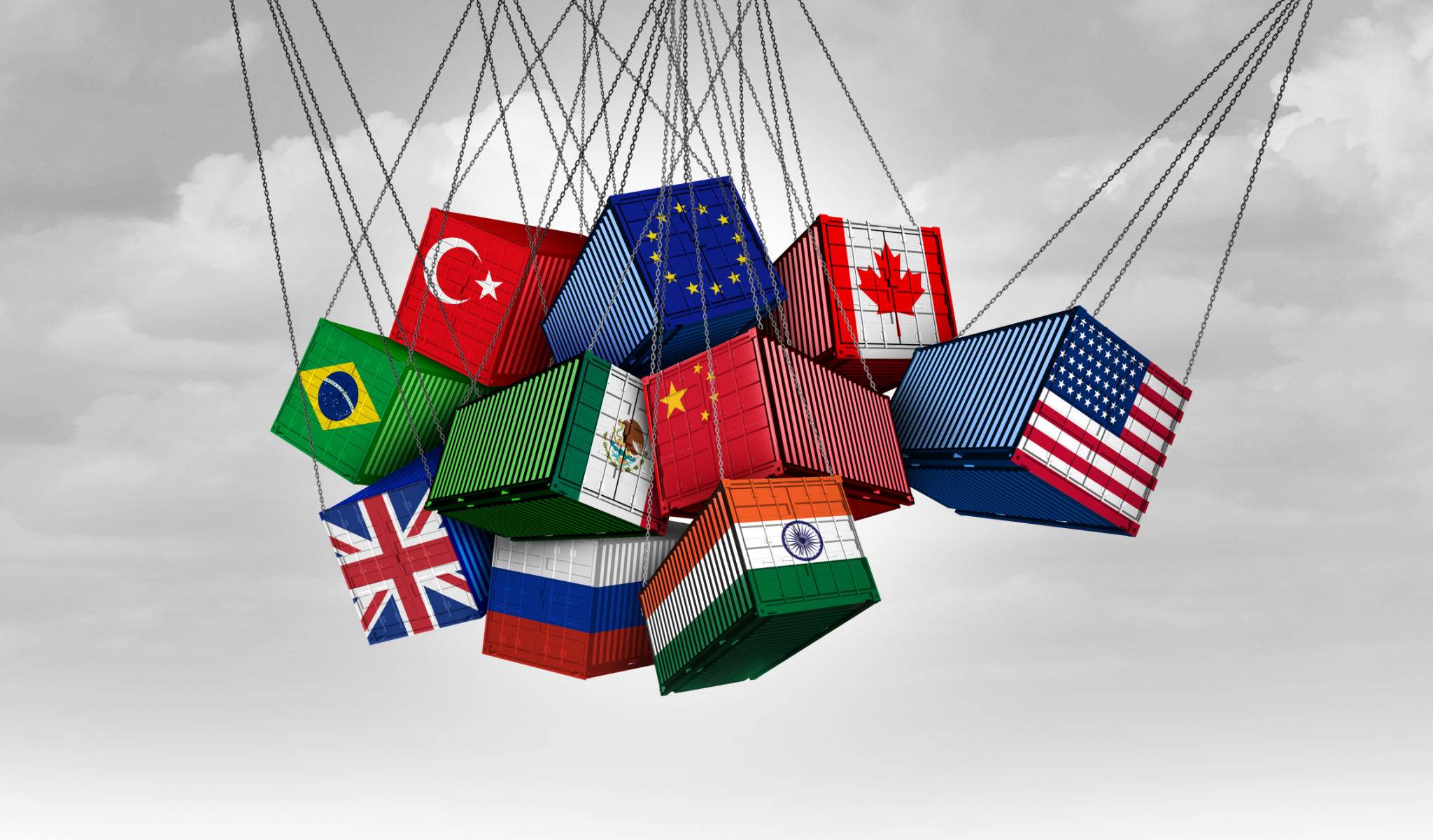Ensuring Seamless Multilingual Support at Your Next International Event
Understanding the Importance of Multilingual Support
In today's globalized world, hosting international events requires more than just logistical planning. Ensuring seamless multilingual support is crucial for creating an inclusive and engaging experience for all attendees. With a diverse audience, effective communication bridges cultural gaps and enhances the event's impact.
Language barriers can hinder participation and diminish the value of an event. By providing multilingual support, you demonstrate a commitment to accessibility and respect for different cultures. This not only improves attendee satisfaction but also broadens your event's reach and reputation.

Planning for Multilingual Support
Effective planning is key to delivering seamless multilingual support. Start by identifying the languages spoken by your target audience. This can be achieved through pre-event surveys or analyzing registration data. Once you have a clear understanding, you can allocate resources accordingly and decide on the best approach for translation and interpretation services.
Consider the type of content that requires translation, such as presentations, signage, and promotional materials. Additionally, think about the technology needed to support real-time interpretation and ensure it's compatible with your event's infrastructure.
Choosing the Right Translation Services
Selecting the right translation service provider is critical to the success of your multilingual support strategy. Look for providers with experience in your industry and a proven track record of delivering high-quality translations. Evaluate their expertise in both written translation and interpretation to cover all event needs.

Implementing Real-Time Interpretation
Real-time interpretation is essential for events with live sessions or interactive components. It allows attendees to engage fully, regardless of their language proficiency. There are several methods to provide real-time interpretation, including simultaneous interpretation where interpreters translate as speakers talk, and consecutive interpretation where speakers pause for translations.
Invest in reliable technology solutions such as wireless headsets or mobile apps that facilitate real-time interpretation. Ensure your interpreters are equipped with the necessary tools and have access to event materials in advance to deliver accurate translations.
Training Your Staff
Your event staff plays a crucial role in ensuring seamless multilingual support. Provide training sessions to familiarize them with the translation services offered and how to assist attendees with language-related inquiries. Empowering your staff with knowledge helps them effectively manage any language-related challenges that may arise.

Engaging with Attendees
Engagement doesn't end with providing language support; it's also about fostering an inclusive environment. Encourage interaction among attendees from different linguistic backgrounds through networking sessions or multilingual workshops. This not only enhances the event experience but also promotes cultural exchange and understanding.
Collect feedback from attendees post-event to assess the effectiveness of your multilingual support efforts. Use this data to make improvements for future events, ensuring you continually meet the diverse needs of your audience.
Conclusion
Seamless multilingual support is a cornerstone for successful international events. By prioritizing effective communication and inclusivity, you enhance attendee satisfaction and create a positive, lasting impression. With careful planning, the right service providers, and a dedicated team, your event can transcend language barriers and achieve global success.
